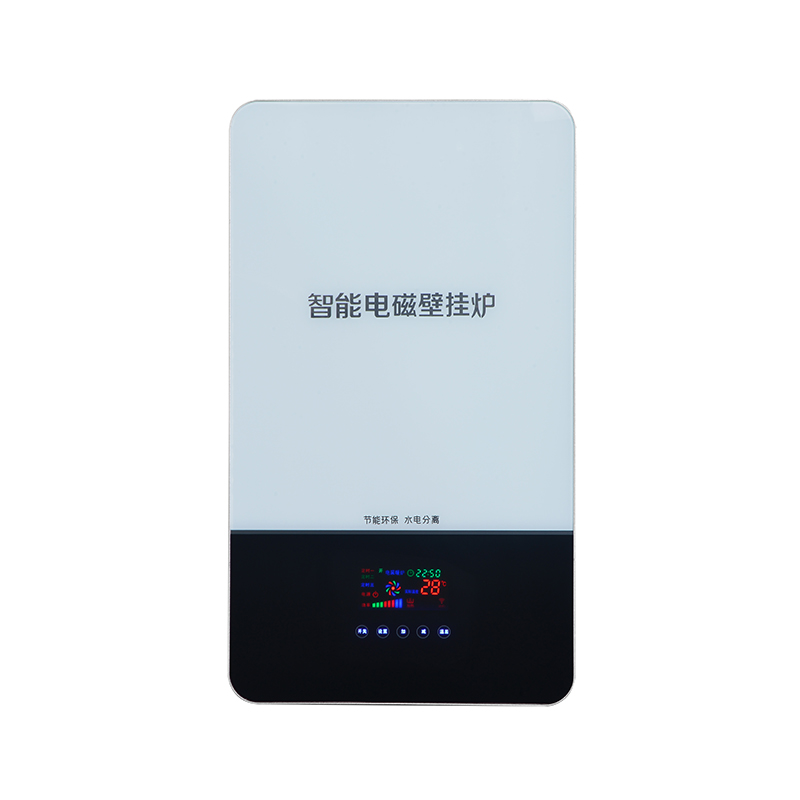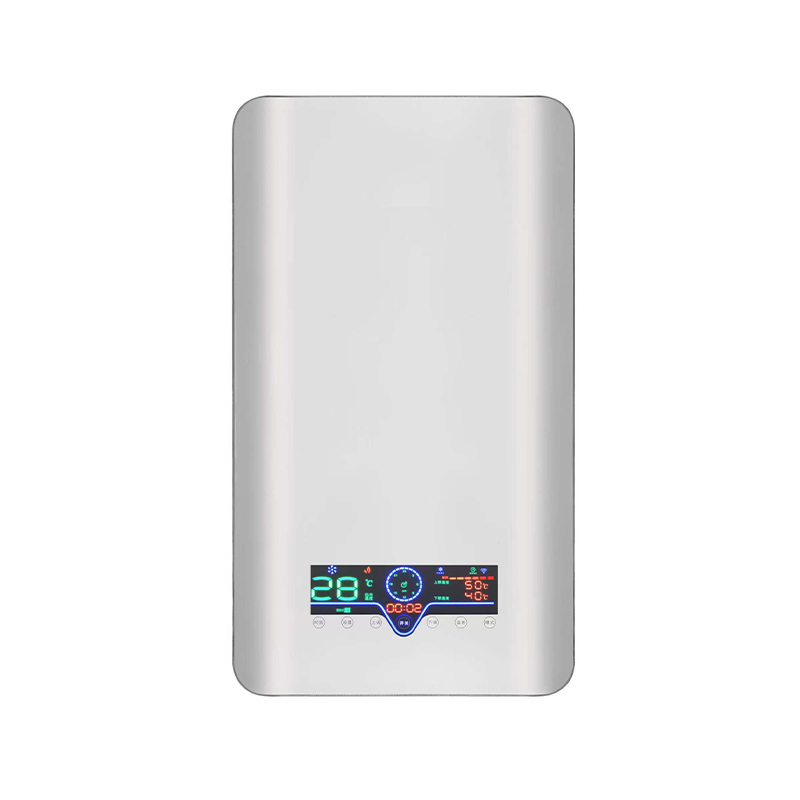Does the electromagnetic heating furnace flat type heating surface achieve uniform heating over a large area to meet the flat heating requirements of plates, molds or containers?
Whether it's the heat-pressing and curing of composite materials, preheating and molding of plastic sheets, or precise temperature control of molds, maintaining a highly uniform temperature across the entire workpiece surface during heating is crucial. Traditional heating methods, such as resistance heating plates, hot air circulation, or infrared radiation, often suffer from uneven heat distribution, varying heat transfer paths, or rapid heat dissipation at the edges, resulting in overheating in the center, cold spots at the edges, or significant temperature differences, leading to defects such as material deformation, internal stress concentration, and uneven curing. The flat-type design of the electromagnetic heating furnace flat type, with its unique energy transfer mechanism and structural optimization, achieves uniform heating over a large heating surface, providing reliable guarantees for high-quality processing of various flat workpieces.
Heat is not generated by conduction or radiation from an external heat source, but rather by inducing eddy currents directly within the conductive workpiece through an electromagnetic field. The heating coils are precisely arranged inside the furnace, forming a plane-parallel electromagnetic field. When alternating current flows through the coils, the generated magnetic field uniformly penetrates the furnace surface material, acting on the metal plate, mold, or container bottom in contact with it, generating heat uniformly from the bottom up. This "internal heating" method eliminates the temperature gradient inherent in traditional heating methods, fundamentally reducing uneven heating caused by varying heat conduction rates.
To achieve uniform heating over a large area, the coil layout is specially designed. Unlike simple single-loop or spiral arrangements, the flat-type electromagnetic heating furnace uses multi-turn, segmented, or matrix-type coil structures to ensure a balanced magnetic field distribution across the entire heating surface. Especially in areas prone to "cold spots" such as edges and corners, increased local coil density or adjusted current distribution compensates for heat loss due to rapid cooling. Meanwhile, the heating surface material is made of a special alloy or ceramic composite with stable magnetic permeability and low thermal expansion coefficient, which effectively transmits the magnetic field without being affected by uneven heat absorption, thus ensuring uniform temperature distribution.
The introduction of an intelligent temperature control system further enhances temperature uniformity. Multiple temperature sensors are installed within the furnace to monitor temperature changes in different areas in real time, and the data is fed back to the control system. The system dynamically adjusts the power output of each zone according to the preset process curve, achieving precise temperature control in different zones. This zoning control capability is particularly crucial for processes requiring gradient heating or localized heat enhancement. Even with slight variations in workpiece material or ambient temperature fluctuations, the system can automatically compensate to maintain a stable overall temperature field.
From an application perspective, the flat-plate heating surface is particularly suitable for sheet-type workpieces. Its flat surface ensures full contact with the workpiece, maximizing the contact area and ensuring efficient electromagnetic energy transfer. Whether for curing large-area fiberglass panels, annealing aluminum sheets, or preheating injection molds, uniform process temperatures can be achieved quickly. Uniform mold temperature directly affects the shrinkage rate, surface finish, and dimensional accuracy of plastic products, and the stable output of the electromagnetic heating plate effectively avoids defects such as warping, sink marks, and flash caused by uneven mold temperature.
Furthermore, the flat-plate structure facilitates integration with automated production lines. Its compact design and stable thermal performance allow it to be easily integrated into presses, conveyor belts, or robotic workstations for continuous heating, pressing, and cooling processes. Operators do not need to frequently adjust heating parameters or manually flip workpieces, reducing errors caused by human intervention.
In summary, the electromagnetic heating furnace flat type design truly achieves uniform heating over a large area through the synergy of electromagnetic induction principle, optimized coil layout and intelligent temperature control technology. It not only overcomes the inherent shortcomings of traditional heating methods, but also, with its high efficiency, precision, and stability, becomes an indispensable core equipment in modern thermal processing. Every flat heating surface embodies the pursuit of ultimate temperature control, providing solid support for improving the quality of industrial manufacturing.





